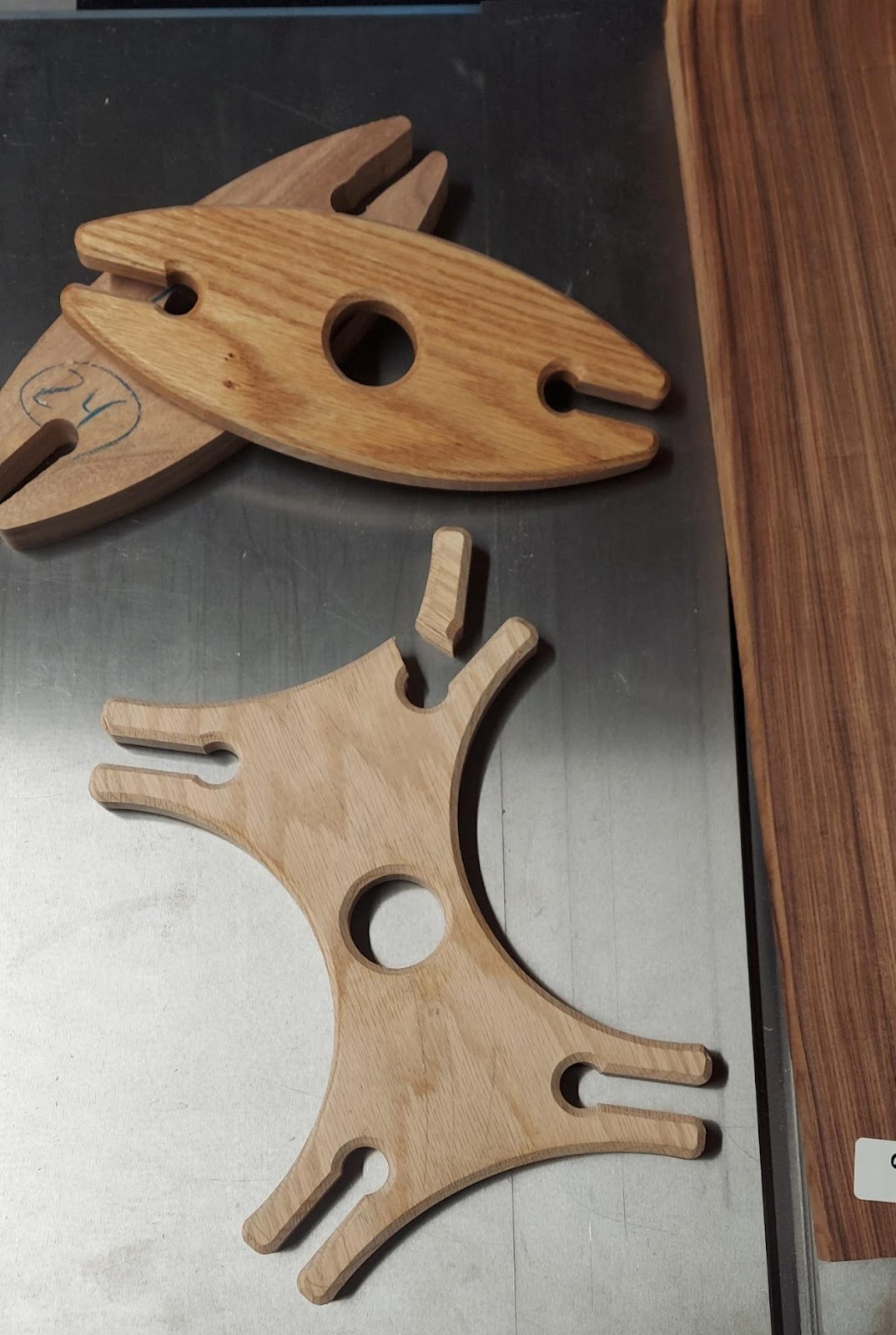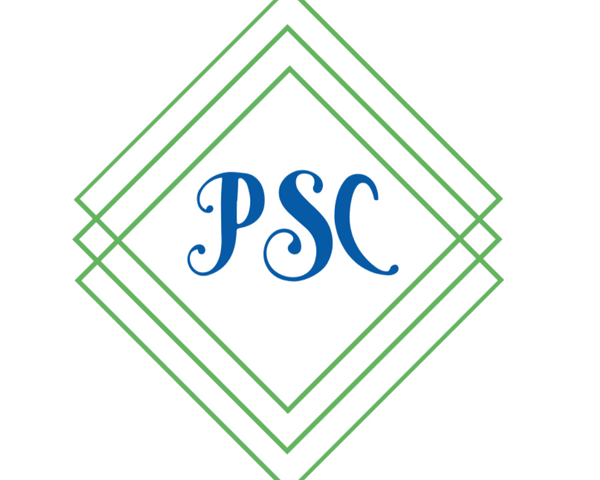
Design with the Media in Mind…
Share
When you design a new product, it is important to keep the limitations of your media at the forefront of your mind. There was a time that I vowed to never use any type of plywood in my woodworking designs and projects. I thought of plywood as a cheap filler product, used only to keep the cost (and thereby, quality) down. It was quite some time later that I fully understood how a good quality sheet of plywood will resist the expansion and movement that solid wood undergoes as the temperature and humidity fluctuate. A high-quality plywood that is free of voids and soft spots is anything but cheap. Furniture grade plywood often surpasses the price of solid wood. The various layers of wood are turned 90 degrees and glued to each other, making the wood highly resistant to wood movement. The fact is that a high-quality plywood is better than solid wood in most cases.

When putting a chamfer on a new item, I found a weakness in solid Red Oak. The sleek lines of the four-glass display caddy came together easily with the tracing bit, following the ¼” acrylic template that I had designed and cut with the laser. I did what you do to make these things; I taped the acrylic to the wood, trimmed much of the excess with a bandsaw, and then traced the acrylic template along the roller bearing of the router bit. After the caddy shape was formed, I began the process of treating the edges to a chamfer for aesthetics. I completed one side with no issues, then began the second side to complete the piece. The vibrations from the router table finally caused one corner of the oak to simply snap off, effectively destroying the item. The mighty oak will not yield or bend to the power of the wind. In this case, it did not yield to the power of the router blade creating a new shape, it simply snapped off. Would this have been okay with the various layers of plywood? Maybe it would have been able to endure the stress. Maybe it would have done the same thing and been destroyed as well.
The point is this; media matters when designing. The heat from the laser burned precisely through acrylic, making the shape as designed. The blades spinning at 1,800 RPM, slashing their way against the oak, was more than it could bear. The design will have to be revised with a little more “beef” around the slots for the glasses. The lines may not be as sleek and curvy, but it will be as elegant as it can be as a natural product like wood.

While the new design didn’t work out, I will continue with the simple two-glass design in various wood species. I am currently working with some Bolivian Rosewood. I am excited to make one with the Brazilian Walnut, which has a dark and rich hue absent in American Black Walnut. Another species that is waiting in the wings is Gombe from South Africa. Gombe has a rich grain pattern and vibrant color that comes to life with a clear topcoat.
As I often say at Personal Space Creations, we make stuff. We make stuff because we love making stuff!!
-Darren
